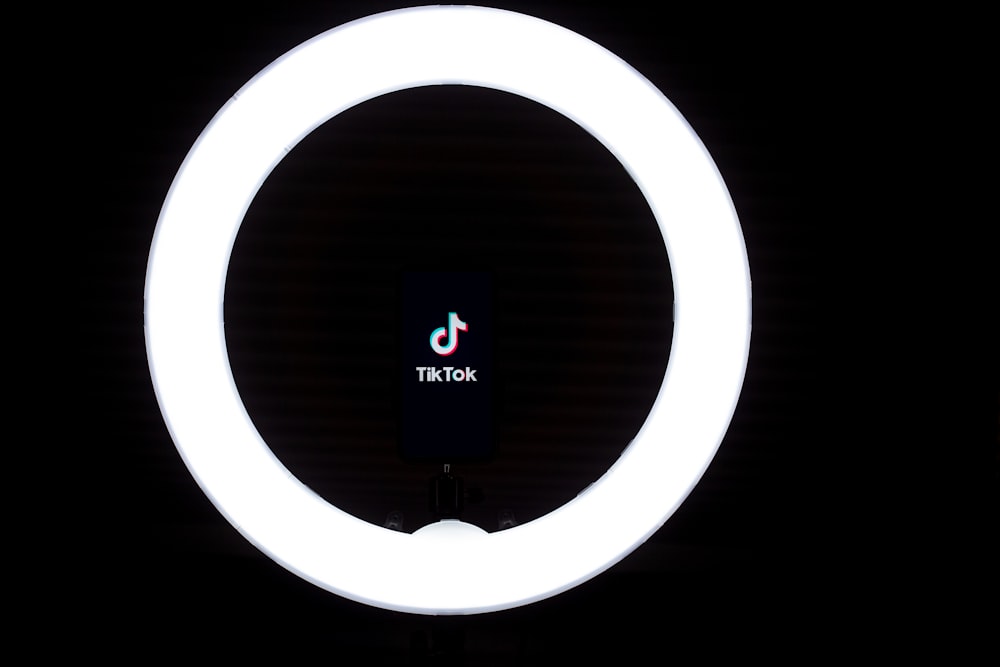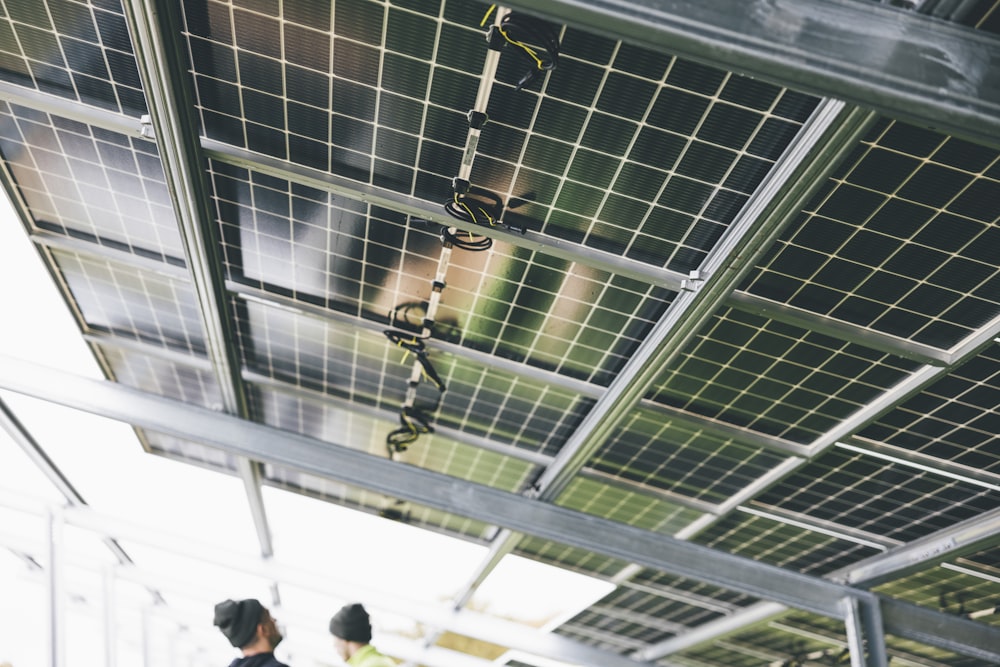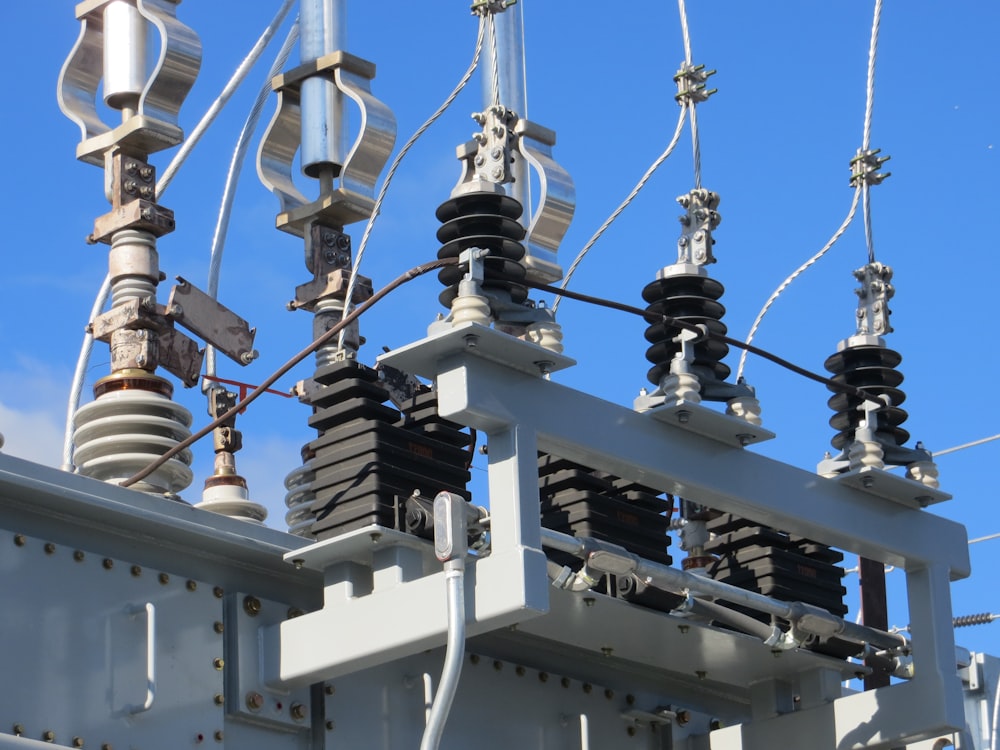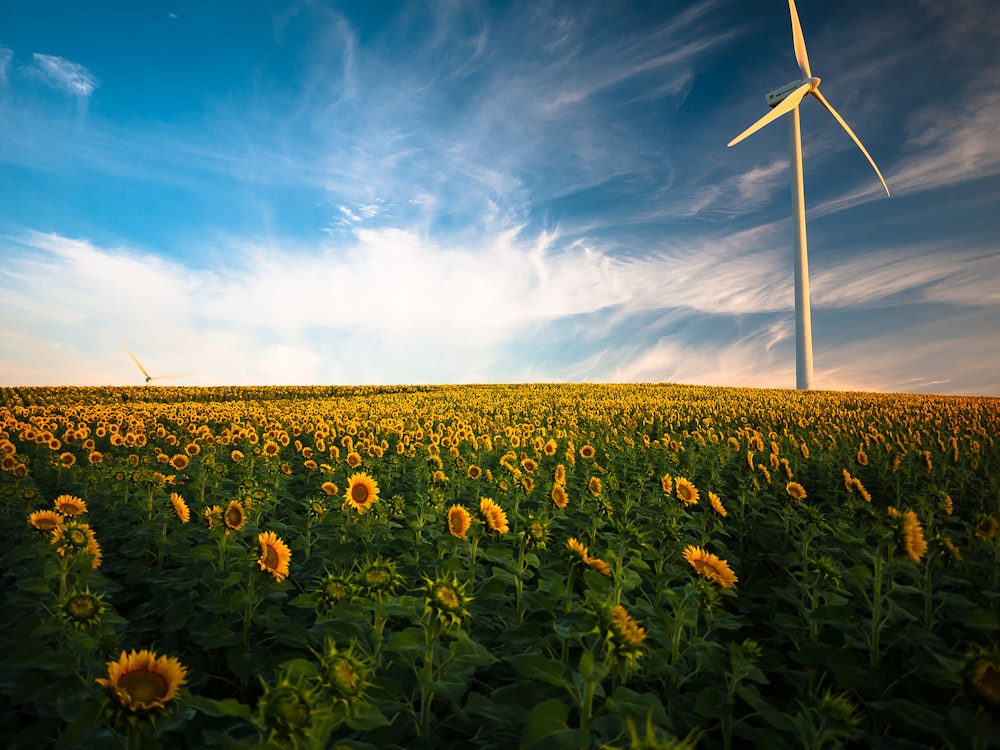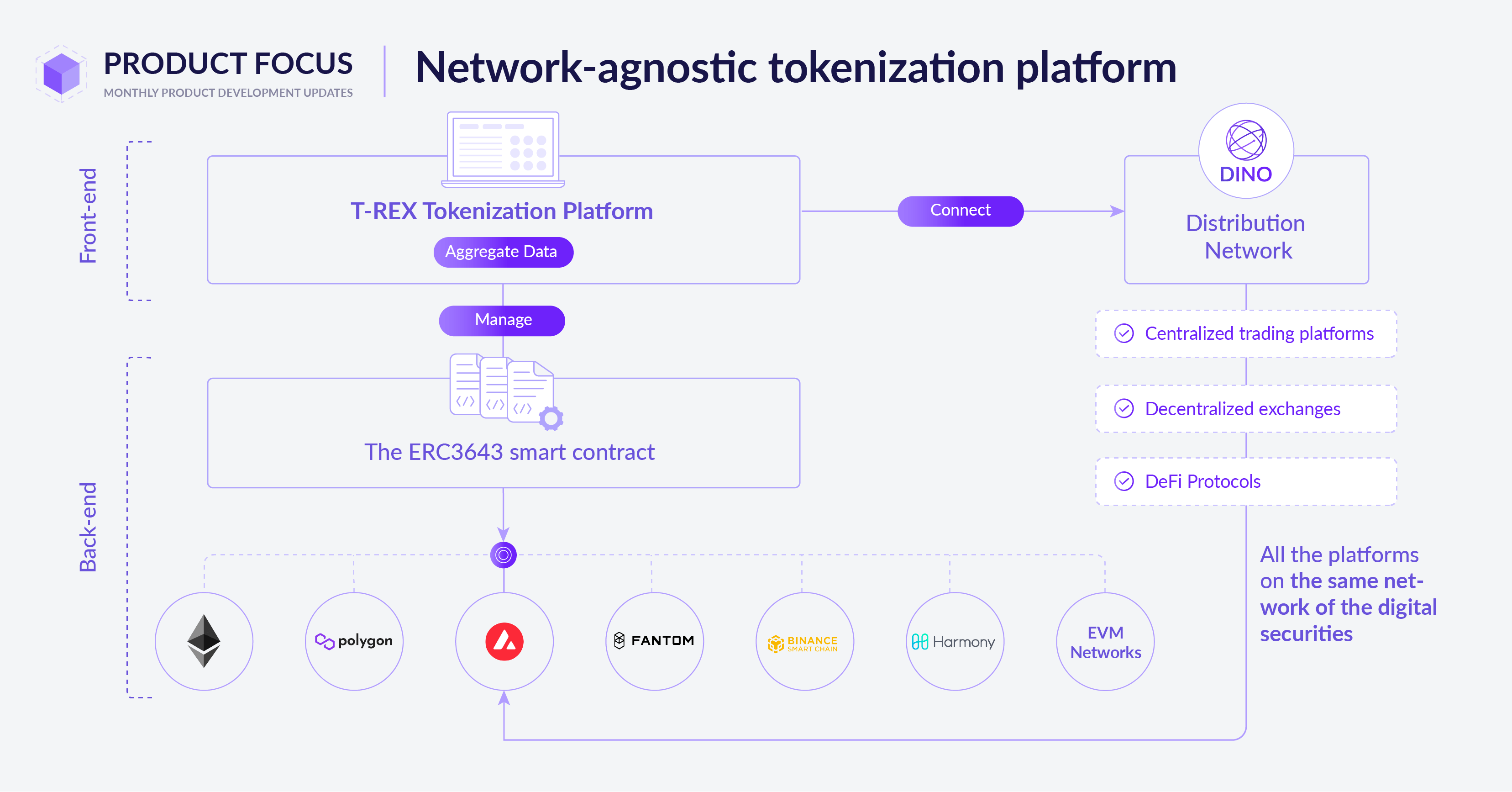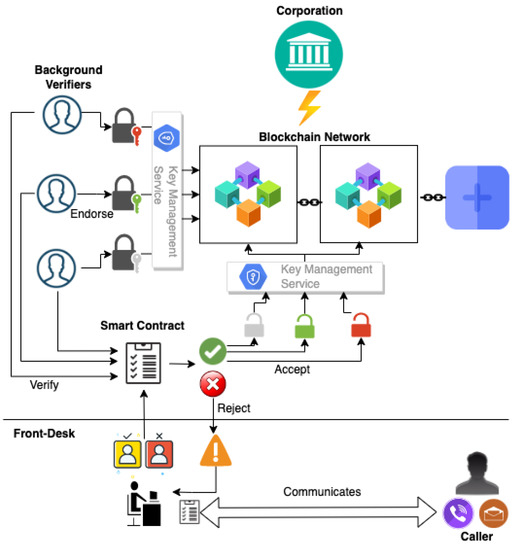
Pioneering Sustainable Solutions: Green Energy Storage Systems
The Quest for Sustainable Energy Storage
In the pursuit of a greener future, the development of green energy storage systems has become a focal point of innovation and research. These systems offer a sustainable solution to the challenge of storing and utilizing renewable energy, paving the way for a more resilient and environmentally friendly energy infrastructure. By harnessing the power of renewable energy sources such as solar and wind power, green energy storage systems play a crucial role in accelerating the transition to a low-carbon economy.
Understanding Green Energy Storage Systems
Green energy storage systems encompass a diverse range of technologies designed to store energy from renewable sources for later use. These technologies include battery storage, pumped hydro storage, compressed air energy storage, flywheel energy storage, and thermal energy storage, among others. Each system offers unique advantages and applications, but they all share a common goal: to store renewable energy efficiently and sustainably, enabling its integration into the grid and reducing reliance on fossil fuels.
Battery Storage: Leading the Charge
Battery storage is perhaps the most well-known and widely used form of green energy storage. Lithium-ion batteries, in particular, have emerged as a leading technology for storing electricity generated from renewable sources such as solar and wind power. These batteries are highly efficient, scalable, and cost-effective, making them ideal for both residential and commercial applications. Battery storage systems help to smooth out fluctuations in renewable energy generation, providing a reliable source of electricity when the sun isn’t shining or the wind isn’t blowing.
Pumped Hydro Storage: Tapping into Gravity
Pumped hydro storage is another prominent form of green energy storage, particularly for large-scale applications. This technology involves using excess electricity to pump water from a lower reservoir to a higher reservoir during periods of low demand. When energy is needed, the water is released back down through turbines to generate electricity. Pumped hydro storage systems are highly efficient and can store large amounts of energy for extended periods, making them well-suited for balancing fluctuations in renewable energy generation.
Compressed Air Energy Storage: Harnessing Air Pressure
Compressed air energy storage (CAES) is a promising technology for green energy storage that utilizes compressed air to store energy. During periods of excess electricity, air is compressed and stored in underground caverns or tanks. When energy is needed, the compressed air is released and expanded through turbines to generate electricity. CAES systems have the advantage of being able to store large amounts of energy for long durations and can be deployed in a variety of locations, making them a versatile solution for grid-scale energy storage.
Flywheel Energy Storage: Spinning Kinetic Energy
Flywheel energy storage systems store energy in the form of kinetic energy by spinning a rotor at high speeds. When energy is needed, the rotor’s momentum is converted back into electricity using a generator. Flywheel energy storage systems are known for their high efficiency, fast response times, and long cycle life. They are particularly well-suited for applications requiring rapid response and short-duration energy storage, such as frequency regulation and grid stabilization.
Thermal Energy Storage: Capturing Heat for Later Use
Thermal energy storage systems store energy in the form of heat, which can be released and converted into electricity when needed. These systems typically use materials with high heat capacity, such as molten salt or phase change materials, to store thermal energy. Thermal energy storage is well-suited for applications such as concentrated solar power (CSP), where excess heat generated during the day can be stored and used to generate electricity at night or during periods of high demand.
Advancing the Transition to Renewable Energy
Overall, green energy storage systems are playing a crucial role in advancing the transition to renewable energy and reducing dependence on fossil fuels. By enabling the efficient storage and utilization of renewable energy, these technologies help to overcome the intermittency and variability of solar and wind power, making them viable alternatives to traditional energy sources. As the demand for clean and sustainable energy continues to grow, green energy storage systems will play an increasingly important role in shaping the future of energy.












